Use binoculars to examine RV roof and sailboat mast damage
Whether it’s a leak in the roof of an RV or damage to the rigging of a sailboat, use binoculars to look for damage on the roof of a motor home or inspect the top of a sailboat mast and its rigging. It’s a good first step to examine and diagnose a problem.
We’ve enjoyed traveling around the U.S.A. in a small RV motorhome but it didn’t take long to learn that the fiberglass roof of a recreational vehicle is like the roof of a house. It’s a much smaller roof, but has several openings where wires and cables penetrate the roof. All those small openings are a potential for rain penetrating the roof and creating damage to the roof. The rig’s ladder attached to the back makes it easy to inspect the roof surface.
A general checklist to maintain the roof of a motorhome starts with looking at the unit from both its backend and sides because there are many places for water penetration and damage to the fiberglass. Take your first look with binoculars from the ground standing back and away from the rig and look at the roof. Slowly move the field glasses to the roof and concentrate on identifying openings and vents to see if they are sealed. Then look at the antenna and its wires and cables to see if they are secure and stable because they often deteriorate and need to be replaced.
Having that first glimpse of the motorhome’s roof prepares you to use a ladder (size determined by the height of the rig) to take a closer look at the sealant around the wires. Binocs help you get a better view of antenna cable and wire connections to see they are not cracked and are secure, not damaged or dangling. A closer look at the roof lets you investigate vent openings to see they are sealed with acrylic caulking. While you’re up there feel around for soft spots in the roof which may lead to serious water damage. A periodic checkup can prevent costly repair damage in the future.
Here’s a link from Popular Mechanics magazine about how to use a ladder with safety in mind. How to use a ladder safely
Easy first step to inspect the masthead of a sailboat

We’ve always used binoculars for navigation on boats we’ve owned but found them very handy when there’s a problem at the top of a sailboat mast. Eventually you have to hire a rigger, use a winch to hoist a small person up the mast to make the repair or wait until the spar is unstepped and horizontal to the ground.
Before hoisting a crew member up the mast, you can use binoculars for a first look-see and determine if there’s a problem with a sheet tangled on a spreader or an antenna or wind indicator. (A wind indicator is a whirligig for a boat that sites the direction of the wind.) The same is true for diagnosing a standing rigging problem like a tangled halyard, jib line or spinnaker sheet. Also check for stains on deck like rust where the chainplate is installed. Inside the sailboat, check for signs of a leak where the chainplate, usually made of stainless steel, is installed above.
To diagnose a problem at the top of the masthead, stand away from the boat and focus on the top of the mast for an overview. Then slowly scan the binocs moving up and down the mast and see if you can spot a dangling wire from an antenna that needs being reconnected or straightening the bent vane of a wind indicator.
Practical Sailor has this advice about Tuning a masthead rig.
RVers and sailors have told us they used binoculars to see birds living on or building a nest on their roof or masthead. This is not unusual when the RV or sailboat has been in storage and not used for a long period of time.
Whether you’re rving or sailing, a good pair of binoculars can get a workout for more than watching a pretty sunset.
Gene and Katie Hamilton are long-time writers about using binoculars for boating, bird watching, stargazing and traveling. They are members of the Outdoor Writers Association of America.
Post Views: 727
|

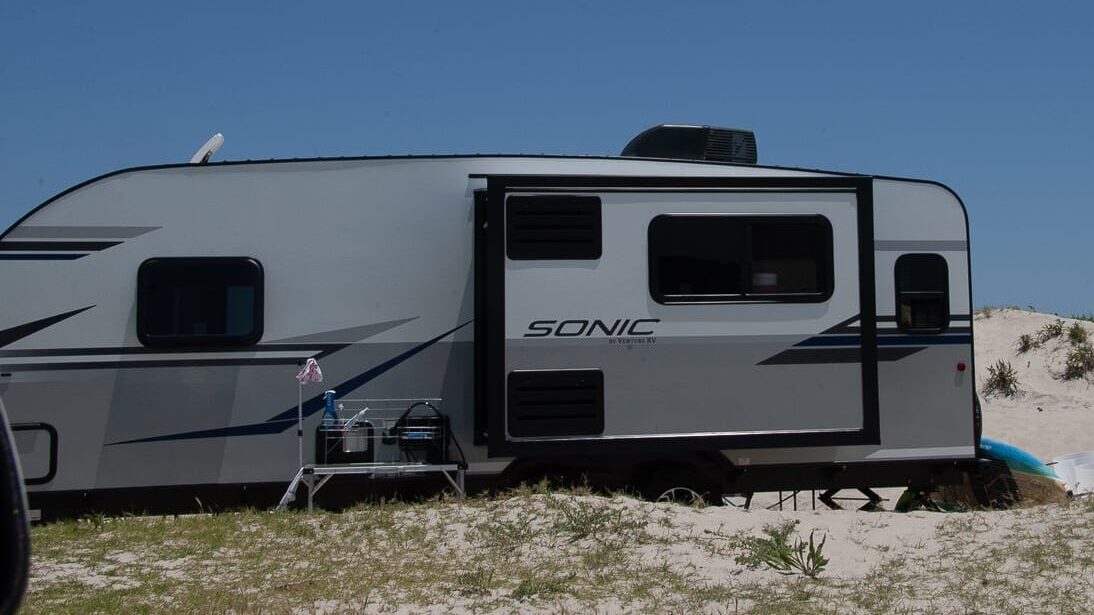


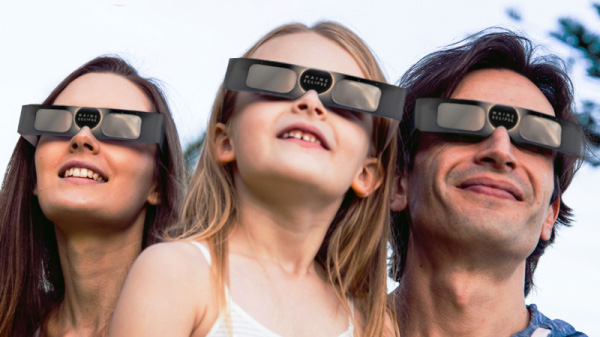
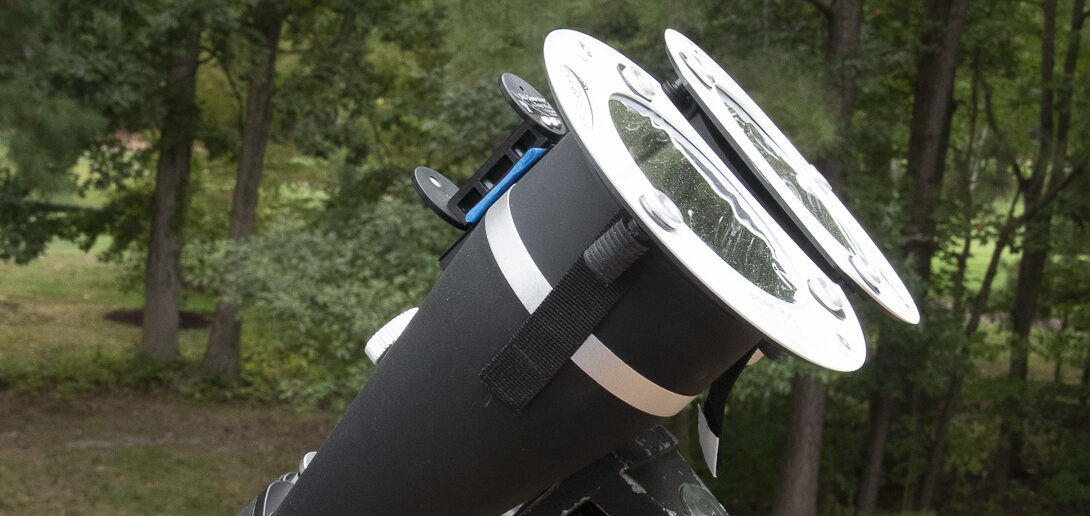

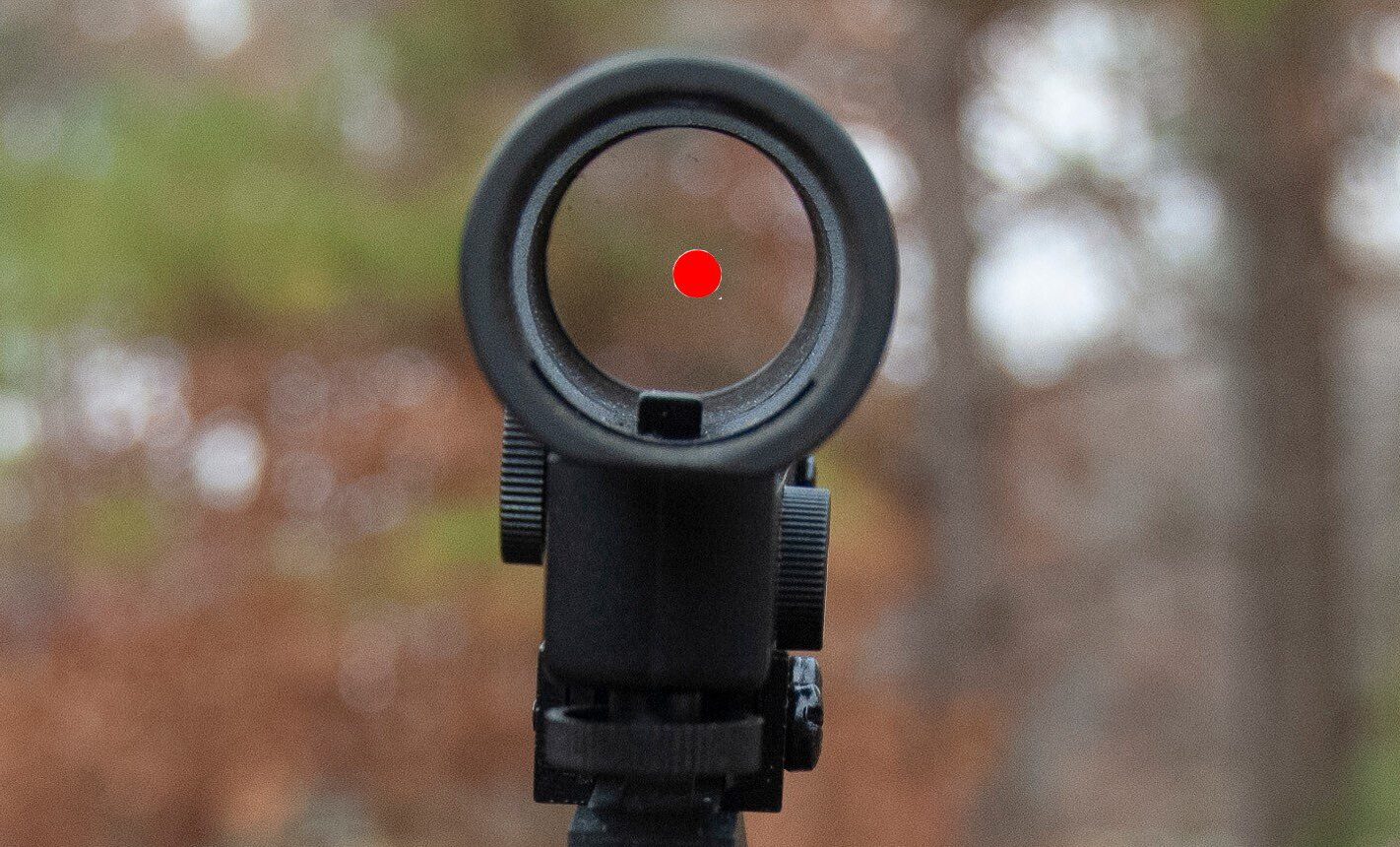


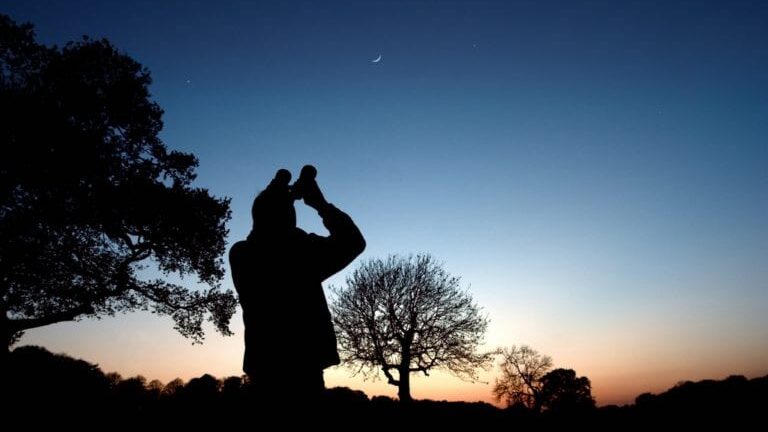
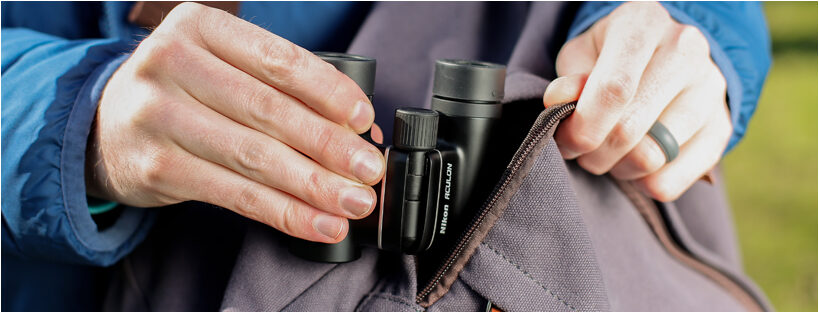
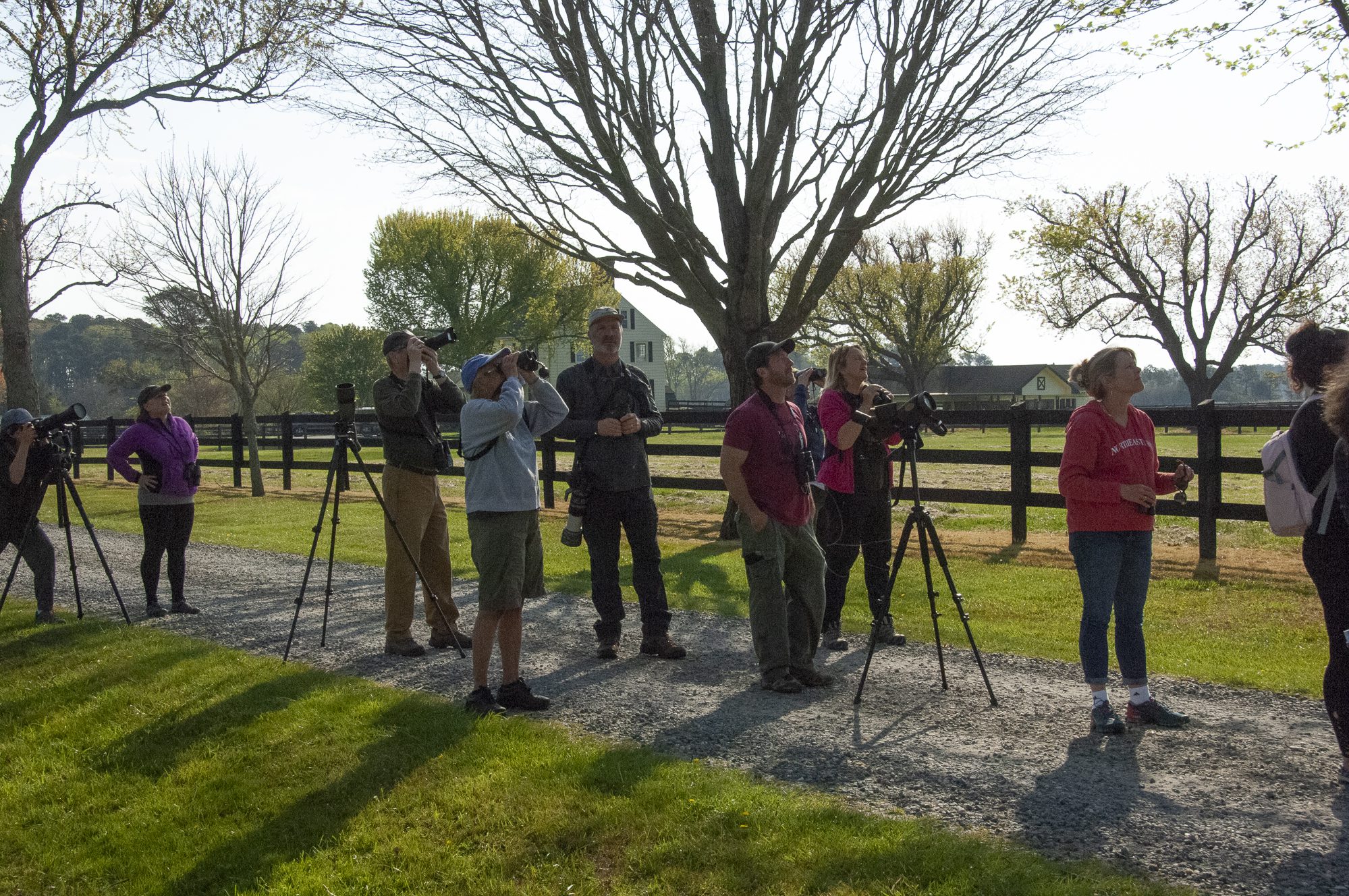
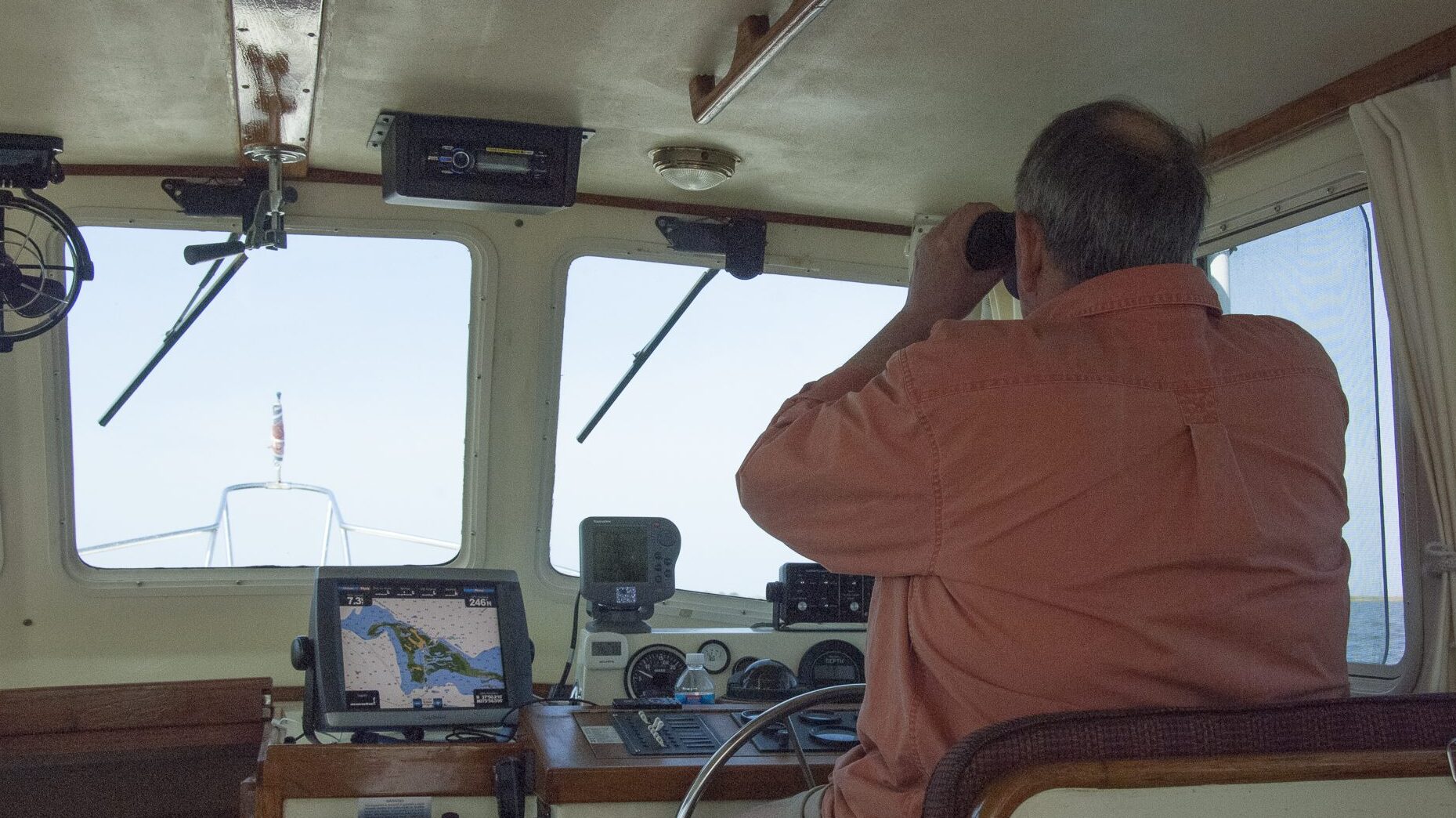
2 Responses
Wow, good RV roof repair blog! It’s a good idea to examine the roof of an RV or a sailboat with binoculars. I had heard about inspecting the roof withdrawn but I got the information about inspecting the roof with binoculars the first time. I think inspection of the RV roof with modern technology is an expensive way as everyone cannot afford it. Well, I inspect, clean, and coat my RV roof by myself. If I see damaging areas on my roof during the inspection process, then I coat my roof with “RV Roof Magic” protects the RV from severe weather conditions. It has excellent weather-resistant properties (can withstand ponding water 365 days a year and has a high tensile strength that can contract and relax in extreme temperature fluctuations) and extends the roof lifespan for 15-18 years.
Glad you agree with us about RV roof repair. It just makes sense to protect the roof especially around openings that can create cracks and crevices where rain and wind can penetrate.
Thanks for sharing your advice CT Camper. Katie